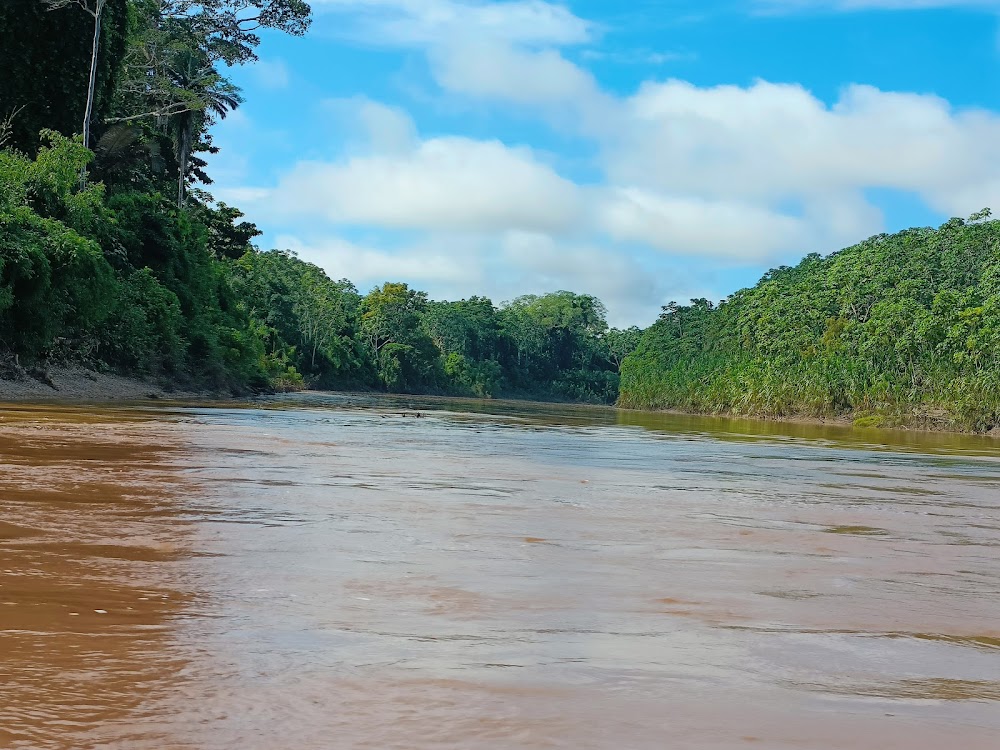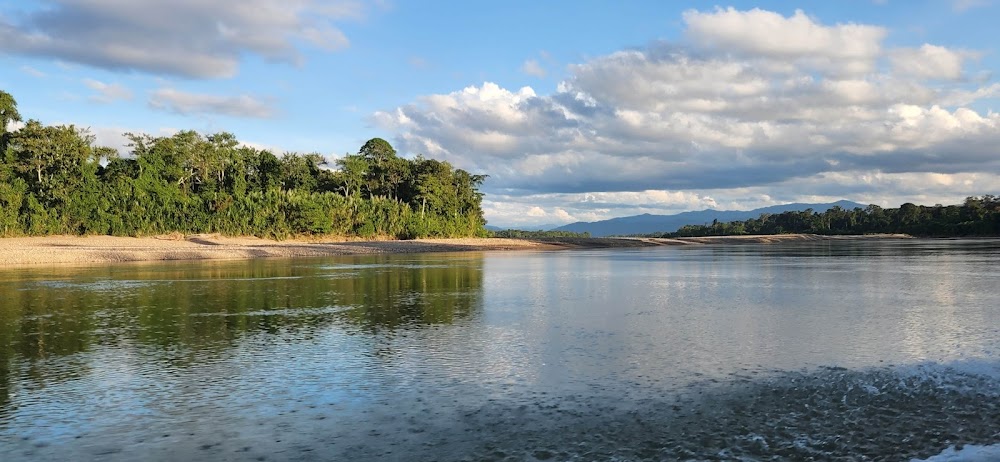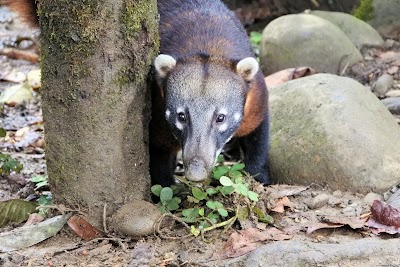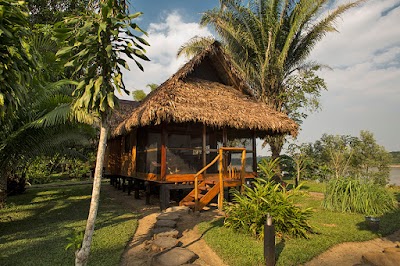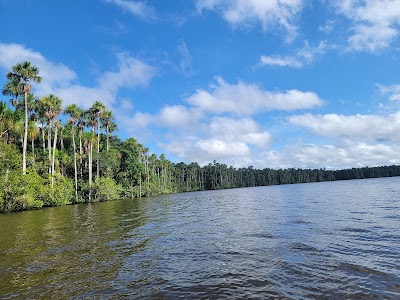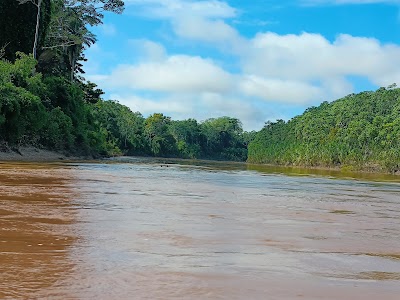Bahuaja-Sonene National Park (Parque Nacional Bahuaja-Sonene)
Overview
Parque Nacional Bahuaja Sonene is a stunning national park located in the Madre de Dios region of Peru, celebrated for its extraordinary biodiversity and rich natural resources. Spanning an impressive 1.9 million acres, this park was officially established on July 17, 1996, through the collaborative efforts of the Peruvian government and various environmental organizations committed to preserving the country's natural heritage.
The establishment of Bahuaja-Sonene National Park was a meticulous process driven by extensive planning and research. Prior to its designation as a national park, the region was recognized for its ecological significance and conservation potential. Researchers conducted thorough field studies to identify key species and habitats in need of protection. Their findings unveiled a rich tapestry of diverse ecosystems, including tropical rainforests, savannas, and wetlands, all teeming with an array of species, some of which are endangered or endemic to the area.
Thanks to the dedication of conservationists, scientists, and local communities, Bahuaja-Sonene National Park was created to protect these vital ecosystems. As a significant part of the Amazon Basin, the park serves as a crucial sanctuary for wildlife. Visitors can marvel at an astounding variety of species, including jaguars, giant otters, harpy eagles, and the elusive maned wolf. Ongoing conservation efforts play a vital role in ensuring the survival of these species and maintaining the park's ecological balance.
The park's diverse topography encompasses lowland Amazonian rainforests and the Andean foothills. This variation in altitude and terrain contributes to its remarkable biodiversity, making it one of Peru's most important protected areas. Additionally, the park is essential for preserving the watershed of the Tambopata River, which supports both local human and animal populations.
Managing and maintaining Bahuaja-Sonene National Park is a rewarding yet challenging task. The park authority collaborates with non-governmental organizations and local communities to promote conservation and sustainable resource use. Educational and awareness campaigns are vital components of these initiatives, engaging local communities and fostering a shared sense of stewardship for the environment.
Ecotourism is thoughtfully promoted in Bahuaja-Sonene National Park, offering visitors the chance to experience its natural beauty while supporting conservation efforts. Strict guidelines and regulations are implemented to ensure that tourism activities are sustainable and do not harm the fragile ecosystems. Popular activities for tourists include trekking, birdwatching, and guided wildlife tours, providing a captivating glimpse into the enchanting world of the Amazon rainforest.
Over the years, the park has encountered challenges such as illegal logging, mining, and wildlife trafficking. However, concerted efforts by park authorities, local communities, and conservation organizations have helped mitigate these threats. Strategies such as constant surveillance, strict enforcement of environmental laws, and community engagement play crucial roles in protecting the park's integrity.
Recent achievements include the enhancement of research facilities and the development of eco-friendly infrastructure within the park. These advancements not only facilitate scientific study and conservation but also enhance the overall visitor experience.
In conclusion, Parque Nacional Bahuaja Sonene stands as a powerful testament to effective conservation practices and the importance of preserving natural habitats. Its creation and ongoing preservation efforts exemplify the impact of collaborative action in safeguarding our planet's biodiversity. The park remains a sanctuary for countless species and a natural treasure of Peru, demonstrating how unwavering dedication and vigilance can lead to the successful protection of the world's delicate ecosystems.


